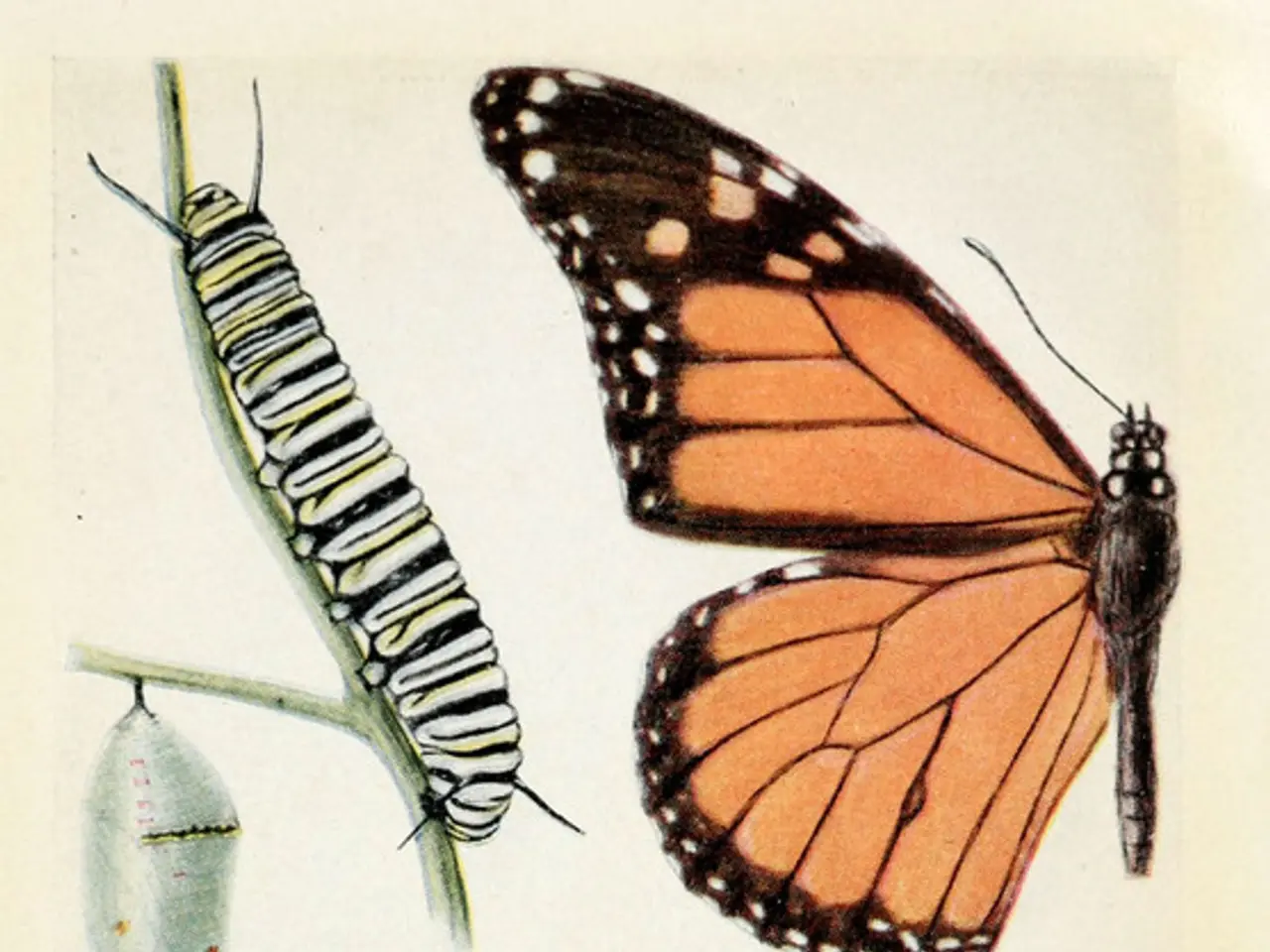Evolving landscape in visual scientific representation
In the realm of science, art, and technology, the current state of scientific illustration is one of vibrant evolution, driven by advances in digital tools and artificial intelligence (AI). This transformation has not only enhanced the clarity and impact of illustrations but has also revolutionized how scientific concepts are communicated across disciplines and geographies.
Key impacts of technology on scientific illustration include the utilization of digital design tools that allow precise control over color, detail, and composition, enabling scientists and illustrators to create clearer, more engaging visuals that convey complex information efficiently.
Artificial Intelligence (AI) is another significant factor in this transformation. AI is increasingly integrated to assist in generating scientific images, improving workflow, and even automating some aspects of illustration, thereby accelerating the production and enhancing the accessibility of scientific visuals. AI-based design tools also play a role in education by helping students develop AI literacy through interactive and personalized visual experiences.
Interdisciplinary communication is another area where technology has made a significant impact. Scientific illustrations now serve as a common visual language that bridges gaps between different scientific fields and global audiences, which is invaluable in today's fast-paced research and collaborative environments.
Looking forward, the future of scientific illustration is likely to be deeply intertwined with AI advancements and digital innovation. AI's potential to learn, assist, and adapt will continue to expand the possibilities for creating more dynamic, accurate, and interactive scientific visuals. This includes not only static images but possibly immersive and augmented reality experiences that enhance understanding of complex scientific data and phenomena.
Recognition of illustration's role in science is growing, as reflected in events like the World Illustration Awards 2025, which increasingly highlight science and technology-related works, indicating a rising appreciation and demand for such digital scientific art.
From the early days of process cameras converting tonal graphite drawings into halftone images to the current use of 3D models, scientific illustrations have been used to share knowledge and experiences of the environment, from rock paintings to digital 3D models. One notable figure in this evolution is Rachel Klyve, an award-winning Australian illustrator, who is pioneering 3D modelling to create digital versions of plant and animal species, primarily those of significance to Australia's biosecurity.
In conclusion, technological advancements, especially digital tools and AI, have transformed scientific illustration into a more precise, impactful, and accessible form of communication that supports research, education, and cross-disciplinary collaboration, with future developments promising even greater integration and innovation.
[1] Digital Scientific Illustration: A New Era of Visual Communication in Science. (2021). Journal of Digital Art and Science. [2] The Future of Scientific Illustration: A Look at the Role of AI and Digital Innovation. (2020). The Journal of Science Communication. [3] World Illustration Awards 2025: Celebrating the Best in Science and Technology-Related Illustration. (2025). The Art Newspaper. [4] The Impact of AI on Education: A Focus on Interactive and Personalized Visual Experiences. (2022). The Journal of Educational Technology.
- Science and technology-related works are receiving increased recognition, as evident in the World Illustration Awards 2025.
- The future of scientific illustration is likely to be heavily influenced by advancements in artificial intelligence (AI).
- Digital tools are revolutionizing how scientific concepts are communicated, making illustrations more precise, impactful, and accessible.
- In the realm of health-and-wellness, fitness-and-exercise, and lifestyle, digital tools can help individuals understand and apply health information.
- Interactive and personalized visual experiences, such as those facilitated by AI in education, can help students develop AI literacy.
- Digital tools and AI are transforming the way interior-design, cooking, cybersecurity, and gardening information is presented.
- Fashion-and-beauty, food-and-drink, home-and-garden, home-improvement, and gadgets industries can benefit from the enhanced clarity and impact provided by digital scientific illustrations.
- Sustainable-living and technology industries can utilize AI-assisted design tools for creating more dynamic, accurate, and interactive visuals.
- The evolving state of scientific illustration also impacts the art and books industries, offering immersive and interactive experiences to readers.
- Data-and-cloud-computing and education-and-self-development can benefit from the increased efficiency in communicating complex information through digital illustrations.
- Personal-growth and career-development are possible through the learning opportunities provided by technology, including scientific illustration.
- The entertainment industry can be enriched by the use of augmented reality experiences generated by AI-assisted scientific illustrations.




